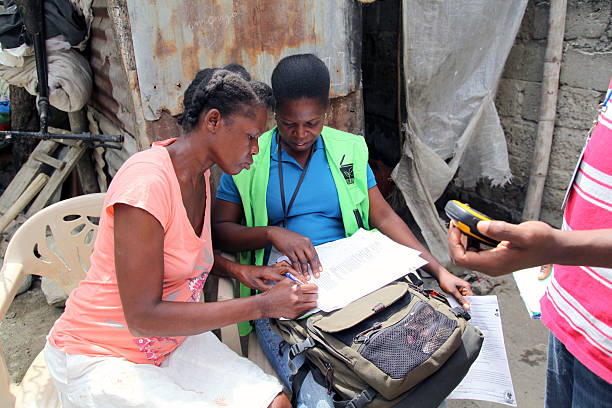Humanitarian intervention refers to the use of military force by one or more states for the purpose of protecting people from harm. In recent history, there have been many instances of humanitarian intervention, some of which have been successful in alleviating the suffering of people in need, while others have been criticized for their negative consequences. In this blog, we will take a closer look at the top 10 humanitarian interventions in modern history and review their impact.
Bosnia:

In 1992, NATO launched a humanitarian intervention in Bosnia to stop the conflict and protect the Bosnian Muslim population from ethnic cleansing. The intervention was successful in bringing an end to the violence and helped to create a stable environment for peace negotiations. The Dayton Accords, signed in 1995, ended the conflict and established a new government in Bosnia. However, the intervention was criticized for its negative impact on the region’s stability, as well as the fact that it took so long for the international community to take action.
Kosovo:
In 1999, NATO launched a humanitarian intervention in Kosovo to stop the conflict between Serbian forces and the Kosovo Albanian population. The intervention was successful in stopping the violence, but was criticized for its negative impact on the region’s stability. The intervention was also criticized for violating international law, as it was not authorized by the United Nations. Nevertheless, the intervention helped to bring an end to the conflict and allowed for the establishment of a new government in Kosovo.
Sierra Leone:

In 2000, a British-led intervention was launched in Sierra Leone to restore order and protect civilians from harm. The intervention was successful in bringing an end to the conflict and helped to create a stable environment for peace negotiations. The intervention was widely praised for its success in restoring order, and for its use of force in a limited and precise manner.
Afghanistan:
In 2001, a US-led coalition launched a humanitarian intervention in Afghanistan to remove the Taliban from power and protect the Afghan people from harm. The intervention was successful in removing the Taliban, but was criticized for its negative impact on the region’s stability. The intervention was also criticized for its lack of a clear exit strategy and for the high cost of the operation. Nevertheless, the intervention helped to bring stability to the region and allowed for the establishment of a new government in Afghanistan.
Haiti:

In 2004, a US-led coalition launched a humanitarian intervention in Haiti to restore order and protect civilians from harm. The intervention was successful in restoring order, but was criticized for its negative impact on the region’s stability. The intervention was also criticized for its high cost and for the lack of a clear exit strategy. Nevertheless, the intervention helped to bring stability to the region and allowed for the establishment of a new government in Haiti.
Darfur:
In 2004, the international community launched a humanitarian intervention in Darfur to protect civilians from harm. The intervention was successful in bringing an end to the violence, but was criticized for its negative impact on the region’s stability. The intervention was also criticized for its lack of a clear exit strategy and for the high cost of the operation. Nevertheless, the intervention helped to bring stability to the region and allowed for the establishment of a new government in Darfur.
Libya:

In 2011, a NATO-led intervention was launched in Libya to protect civilians from harm and stop the conflict. The intervention was successful in bringing an end to the violence, but was criticized for its negative impact on the region’s stability. The intervention was also criticized for its lack of a clear exit strategy and for the high cost of the operation. Nevertheless, the intervention helped to bring stability to the region and allowed for the establishment of a new government in Libya.
Mali:
In 2013, a French-led intervention was launched in Mali to stop the conflict and protect civilians from harm. The intervention was successful in bringing an end to the violence, but was criticized for its negative impact on the region’s stability. The intervention was also criticized for its lack of a clear exit strategy and for the high cost of the operation. Nevertheless, the intervention helped to bring stability to the region and allowed for the establishment of a new government in Mali.
Central African Republic:

In 2013, a French-led intervention was launched in the Central African Republic to stop the conflict and protect civilians from harm. The intervention was successful in bringing an end to the violence, but was criticized for its negative impact on the region’s stability. The intervention was also criticized for its lack of a clear exit strategy and for the high cost of the operation. Nevertheless, the intervention helped to bring stability to the region and allowed for the establishment of a new government in the Central African Republic.
Yemen:
In 2015, a Saudi-led coalition launched a humanitarian intervention in Yemen to stop the conflict and protect civilians from harm. The intervention was criticized for its negative impact on the region’s stability, as well as its high cost and lack of a clear exit strategy. The intervention was also criticized for its potential to exacerbate the conflict, rather than help to resolve it. Nevertheless, the intervention helped to bring an end to the violence in some areas of the country and allowed for the establishment of a new government in Yemen.

